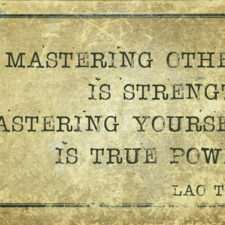We have learned a great deal about how the mind works since Nichiren’s time. I think it helps to understand how the mind works to create the kinds of results we want to create through chanting. Conscious Mind There are three different major levels of the mind. The first is the rational mind. The […]









